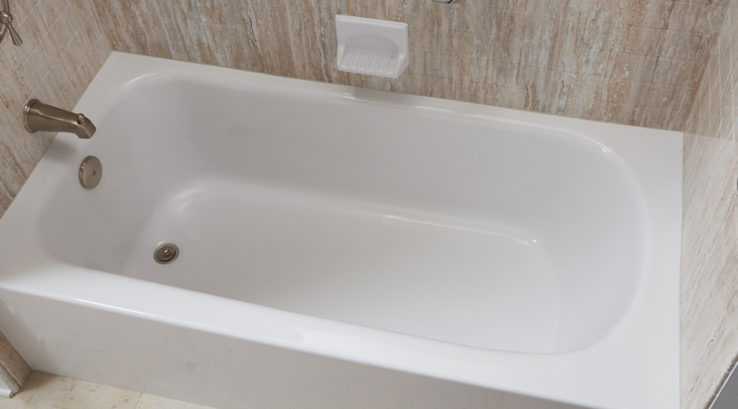If you’ve been living in your home or apartment for a while, you’ve likely had to deal with mold.
This pesky mildew emerges in moist environments like leaks near windows, dripping pipes, and even in your bathroom.
While it’s unsightly, the CDC says that it’s even possible for mold to get large enough for it to be smelled.
And with mold comes health risks and symptoms. These can be severe if you have preexisting conditions, like asthma or allergies.
While there are plenty of ways to attack the problem, an ounce of prevention is worth a pound of cure.
So let’s discuss why the mold in your bath and bathroom is forming first. This way you can figure out the most effective way to handle it to keep your family safe and healthy.
Poor Ventilation Can Cause Mold To Grow
In our quest for more energy-efficient homes, that airtightness can cause problems.
Without proper ventilation or airflow, warm, moist air gets trapped in small spaces. That creates the just-right environment for mold to grow.
And what environment has moisture in it more often than your bathroom?
Warmer Rooms Encourage Mold Growth
The bathroom is often one of the warmest rooms in the house. Right after the shower, we get to enjoy that steamy, relaxing effect as we get ready for the day.
That same warmth that we love is also a favorite of mold. Because mold grows best at temperatures between 60 and 80 degrees, a warm bathroom, especially one that’s poorly ventilated, is a recipe for mold growth.
Mold Likes To Grow In Grout
Depending on the surface materials in your bathroom, you may be inviting extra mold to grow.
The grout in your shower, on your floor, and near your sink is especially welcoming. This is because grout is porous and lets moisture in. And unlike other parts of your bathroom, it’s more difficult to dry.
Dark Environments Are Also Mold-Friendly
Mold thrives in dark environments. Though it can grow in light and dark places, dark spots are favorable.
That means that when possible, blinds should be opened and lighter curtains should be installed. If necessary, artificial light should be considered.
Be Careful About Damp Mats and Towels
While we look for the mold-causing culprits in the fans, the grout, and the shower, there’s another place to look.
Bath mats, towels, and washcloths lock in moisture, too. Not washing our towels enough could also be leading to a moist environment that fosters mold growth.
Leaky Toilets, Sinks, And Tubs Could Be Causing Problems
If you’re asking yourself why your bath is moldy, you may have a leak.
Whether it’s a leaky pipe out of sight or a fixing connected to your bathroom, an unmonitored leak can lead to other problems, too.
From mold growth and discoloration to a weakened floor, this can be the sign of something more serious that needs to be addressed.
How Do I Get Rid Of My Bath Mold?
There are plenty of small steps you can take to fight mold in your bath.
Today.com suggests a helpful list, from using a humidifier and checking your exhaust fans to cleaning with mold-killing products and regularly changing air filters.
Apartment Therapy offers 14 habits to save your bathroom from mold, including replacing bathroom grout and allowing air to circulate.
But many of these can be time-consuming, difficult, and require regular effort. If you’re finding mold a consistent problem in your bathroom, it may be time to consider a more serious plan.
After all, creating a hygienic, dry space will prevent mold from building up. At Thompson Creek, we can help you design a safer, cleaner bath for you and your family.
Contact us to get started with your bathtub replacement project today.


